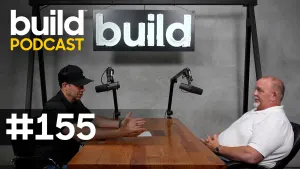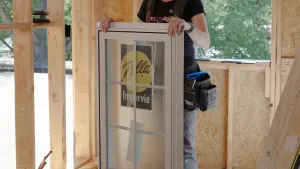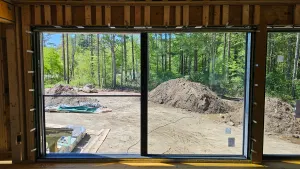Can you believe in the 1800s people made screws by hand? As you’re designing and talking to clients it’s important to think about hardware, which is sometimes referred to as the “jewelry of the house.” Hardware gives the home personality. Too many houses today are merely assembled, but throughout history, things were built around a philosophy. Your clients might turn to you for guidance on hardware and finishes. When you’re working on an older house, for example, it might be important to remain authentic. So, understanding the history of your hardware helps to add that genuine element. This is why Brent Hull is taking us through the evolution of hardware. Did you know that the earliest type of lock was a little gate latch? As our ancestors became better craftsman and blacksmith, we graduated to an open-faced lock with a spring and a handle that lifts. These weren’t fancy locks, but they could be crafted by blacksmiths. Once abilities and cash flow improved, we saw a shift to a box lock, or rim lock, that would be bolted to the door. It was made of iron and very simple. Perhaps it had a brass knob. The next iteration of this lock was composed of brass entirely. Lock systems would grow depending on the size of the door and how secure you wanted it. Eventually this type of hardware evolved to the introduction of the Mortice lock was next. Open-faced lock, rim lock, then rim lock with brass, then mortise lock, which required a pocket to be cut into the edge of the door and have the locks fitted into. Brent reminds us: “The difference between good and great is an eighth of an inch.” Dive into the specifics and why they matter to your building success.
Search Content
Use the search bar above, explore content using the categories below, or log in to find your favorites.
Create An Account
Thank you for choosing to create an account with us.
Please note that creating an account is optional, but helps us better tailor the content we show you.
Please enter your email address and choose a password.
Choose Areas of Interest
Please tell us a little more about your profession.
This is optional, but lets us better tailor content to your specific interests.
You can read our policy on data collection and privacy here.
Channels that Interest You
Finally, check which channels interest you so you can see more relevant content. Choose as many as you like. You can also come back here and edit these settings later.

 Share on facebook
Share on facebook Tweet
Tweet Email
Email Share on Linkedin
Share on Linkedin















